How to prune a cherry tree – and when to prune it
This expert advice on how to prune a cherry tree will help you to keep your ornamental and productive tree looking vibrant and healthy
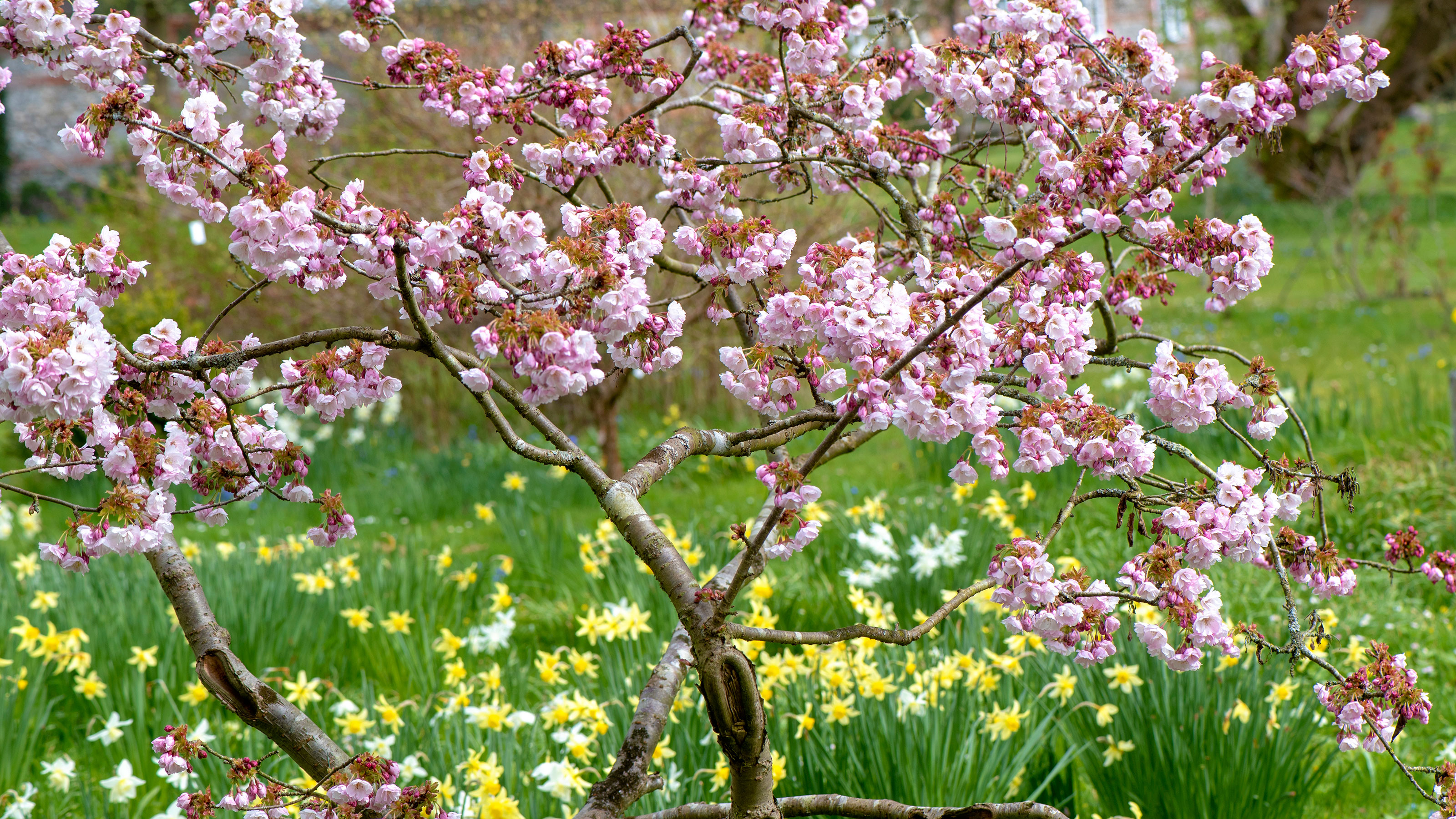

Cherry trees make a lovely addition to any garden, but you need to know how to prune a cherry tree to keep it healthy and a good shape.
With their colorful foliage in fall, pretty spring blossom and some bearing delicious fruits, cherries offer both ornamental and productive appeal in a garden. You can also find compact and dwarf cherry trees suitable for containers – perfect for kitchen garden ideas.
Alongside those that are just grown for their beautiful blossom, there are both sweet cherry varieties – producing delicious, plump cherries that can be eaten direct from the tree – and sour cherry trees, with fruits more suited to use in cooking, baking or preserves.
The pruning method you adopt will differ depending on the variety you have, and whether your cherry is grown as an open centred bush, trained against a wall or trellis in a fan or espalier, or a weeping variety.
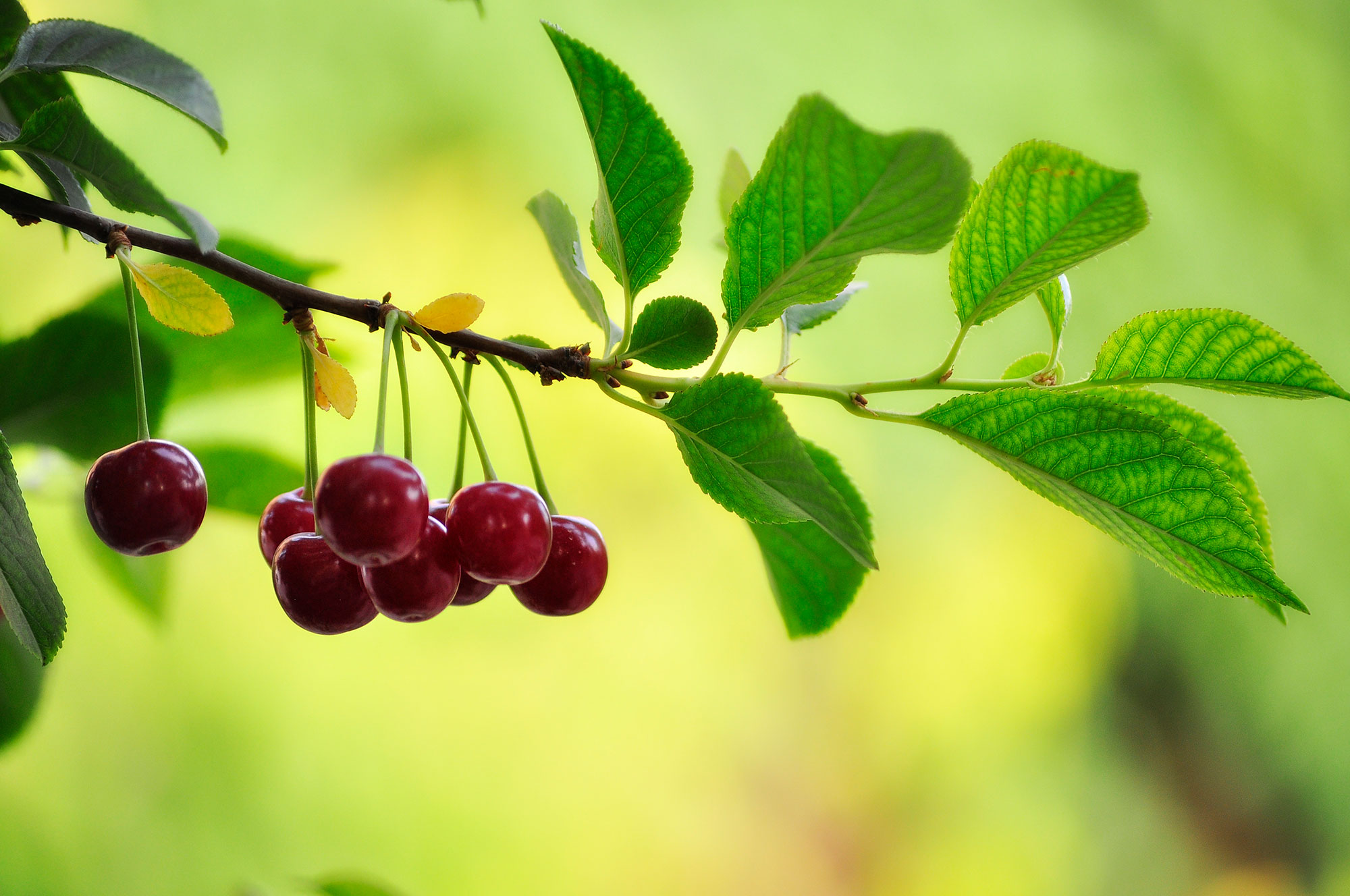
How to prune a cherry tree – tips for beginners
'The goal when pruning cherry trees is to open up the center of the tree to allow sunlight and air to penetrate the branches and air to flow through,' explains Nikki McAteer of My Perfect Plants family-owned plant nursery in North Florida.
'The more sunlight the tree's inside branches receive, the more it will flower and then more fruit will be produced,' she continues.
Annually pruning cherry trees helps maintain a healthy balance of older fruiting wood and younger branches, and will keep the trees more compact, making it easier to pick the fruit.
Maintaining a clear flow of air through the cherry tree will also help to protect the tree from diseases.
'Reduce the risk of infections by disinfecting any tools with alcohol or dilute bleach before starting to prune,' explains Dan Neuteboom at Real English Fruit.
To make sure you have the right tools for pruning a cherry tree, you will need:
- Lopping shears for pruning smaller branches.
- Pruning saw for thicker branches.
- Hand pruners or secateurs for trimming very small branches.
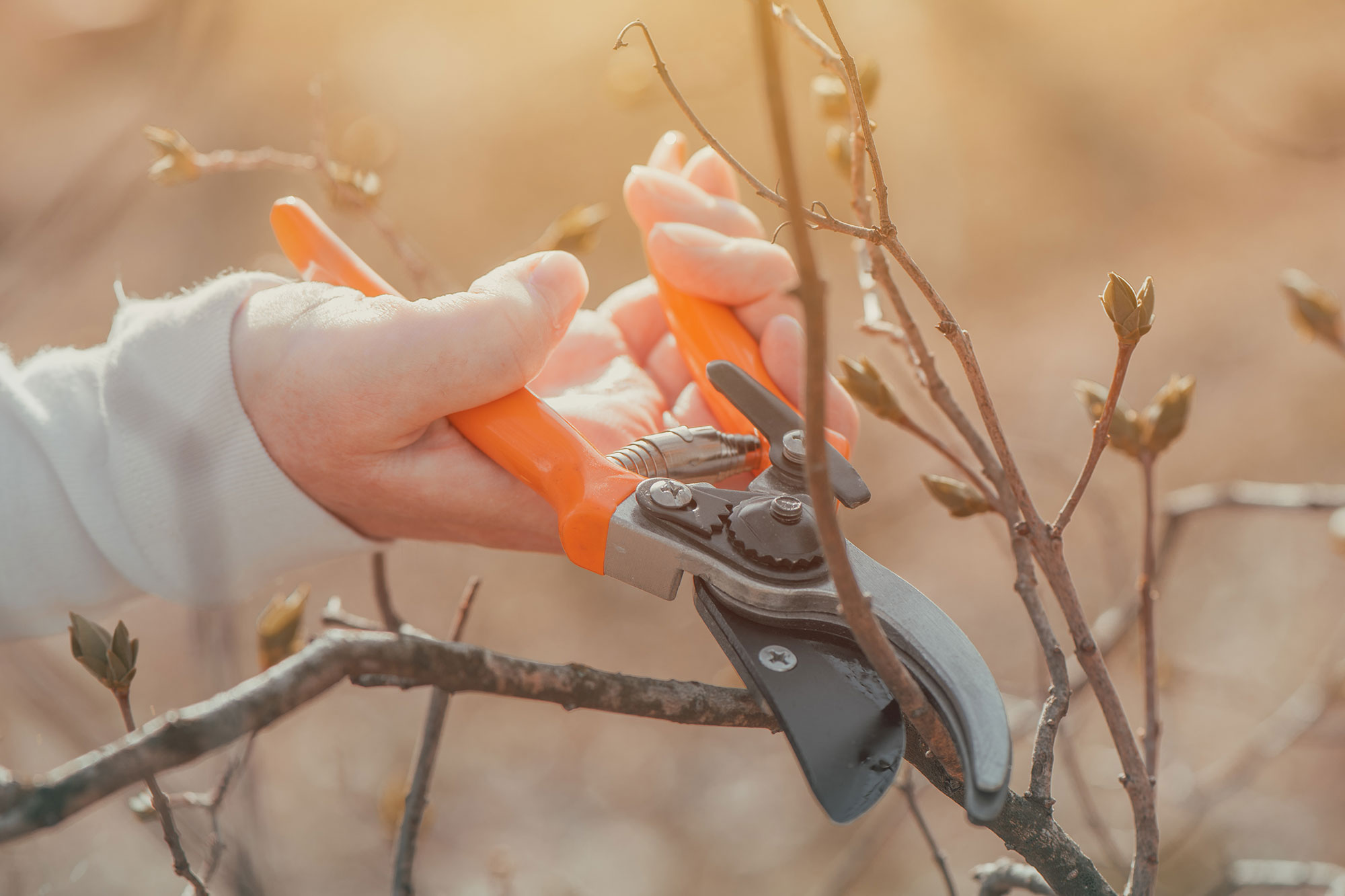
When should a cherry tree be pruned?
When should a cherry tree be pruned?
Opinion is a little divided and there are those that prefer to prune cherry trees in winter, others are spring pruners and some are summer pruners.
Summer pruning a cherry tree
Those who prune a cherry tree in late summer believe this is the best way to avoid the tree developing disease. In addition, it encourages slower growth of the tree.
'Great candidates for spring or summer pruning include cherry trees, which, if left alone, can grow up to three stories tall,' explains Susan Poizner of Orchard People, who provide education and consulting on fruit tree care.
Winter pruning a cherry tree
If you live in a cold climate, pruning cherry trees in late winter, when the tree is dormant, with no leaves or fruit, will encourage more rapid growth.
It is also easier to see the structure of the tree in winter, to help determine which branches to prune.
It is best to avoid pruning cherry trees in early winter as the tree will not have the stored energy to heal wounds caused by pruning.
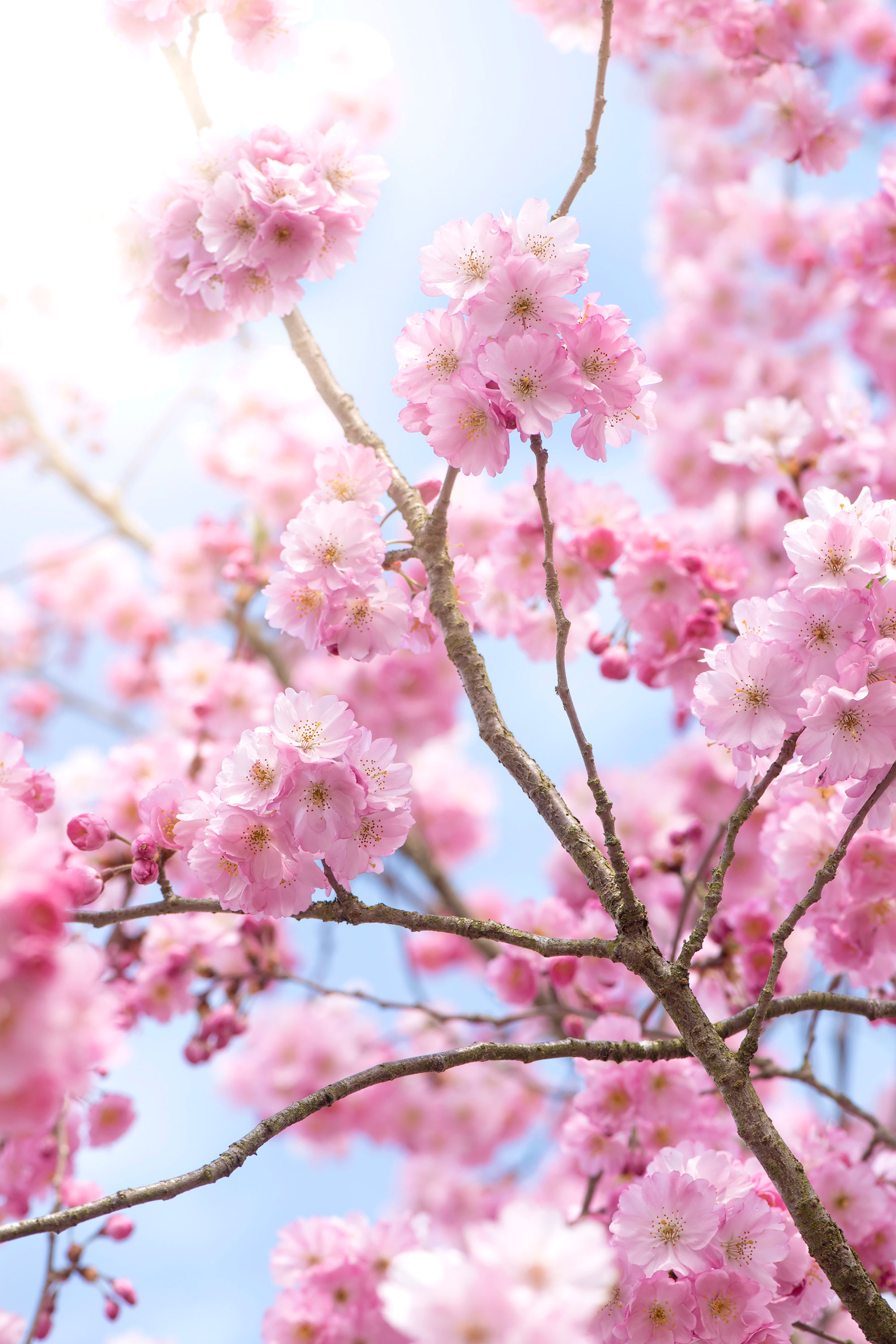
Spring pruning a cherry tree
Pruning in spring, after the trees buds have opened and leaves started to develop, is a way to identify and remove any unhealthy branches and encourage a desired branch structure. The downside is that is will not encourage as much growth in the cherry tree.
'The best time to prune fruiting cherry trees is in late summer after the tree has gone through its fruiting period,' says Nikki McAteer.
'Most other cherries can be pruned in late winter during dormancy, but with fruiting cherries, you don't want to risk cutting off the blooms that produce the sweet fruit in spring,' she adds.
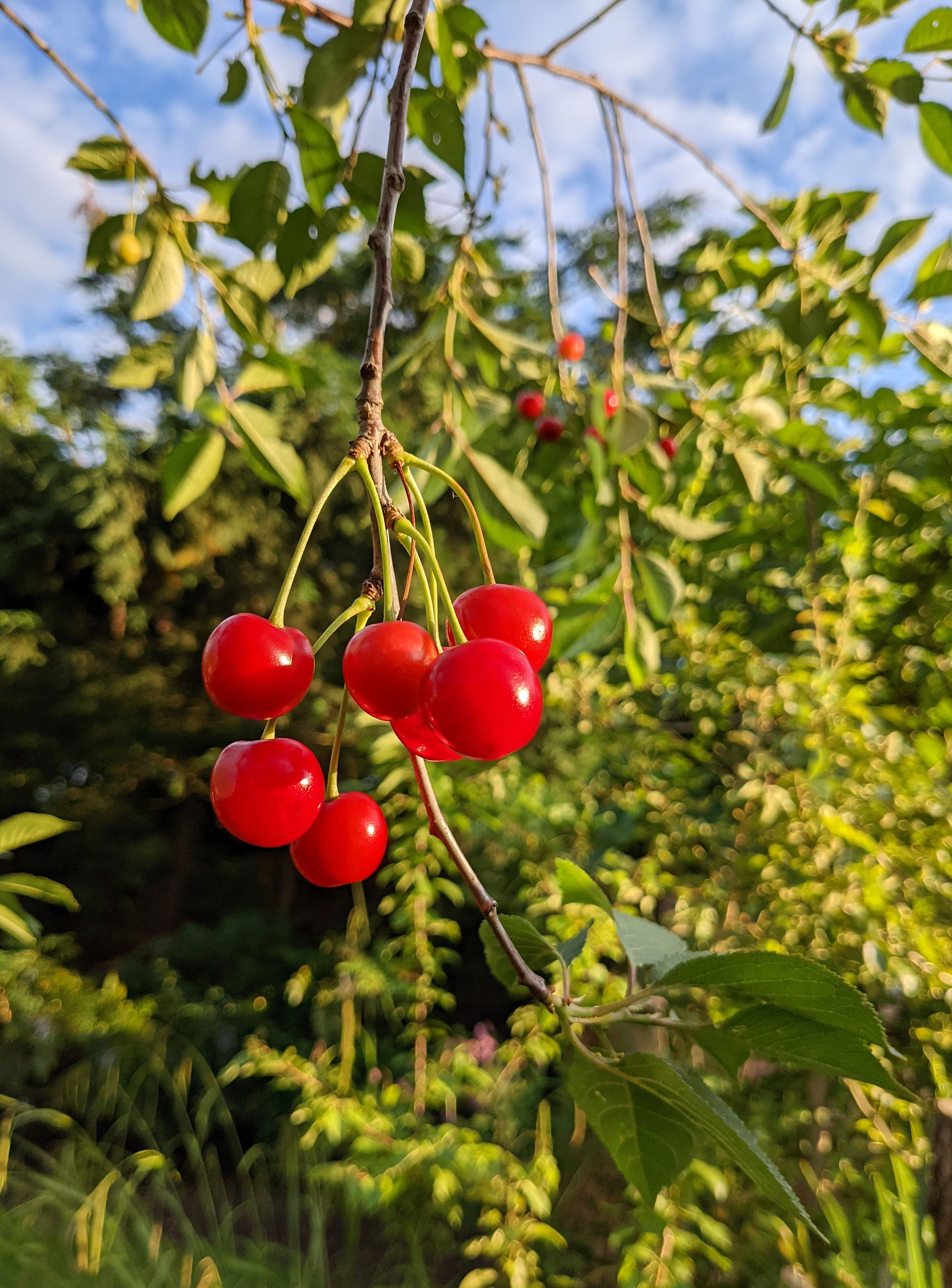
Pruning free-standing cherry trees
The method for pruning a cherry tree will depend on the age of the tree.
For young cherry trees:
- In the first year of pruning, to control the cherry tree's shape, cut back the central leader – or central trunk – 'to encourage to encourage the growth of lateral branches,' explains Dan Neuteboom.
- In the second year, choose about four well-spaced, wider laterals – side shoots – at least 18 inches from the ground, and shorten these by two-thirds. These will become the main branches.
- Remove any side shoots below these and cut the central trunk to just about the top lateral.
- The third year, once these main laterals have produced their own side shoots, prune back the strongest of these by half.
- From then on, annual pruning will enable you to control the tree size.
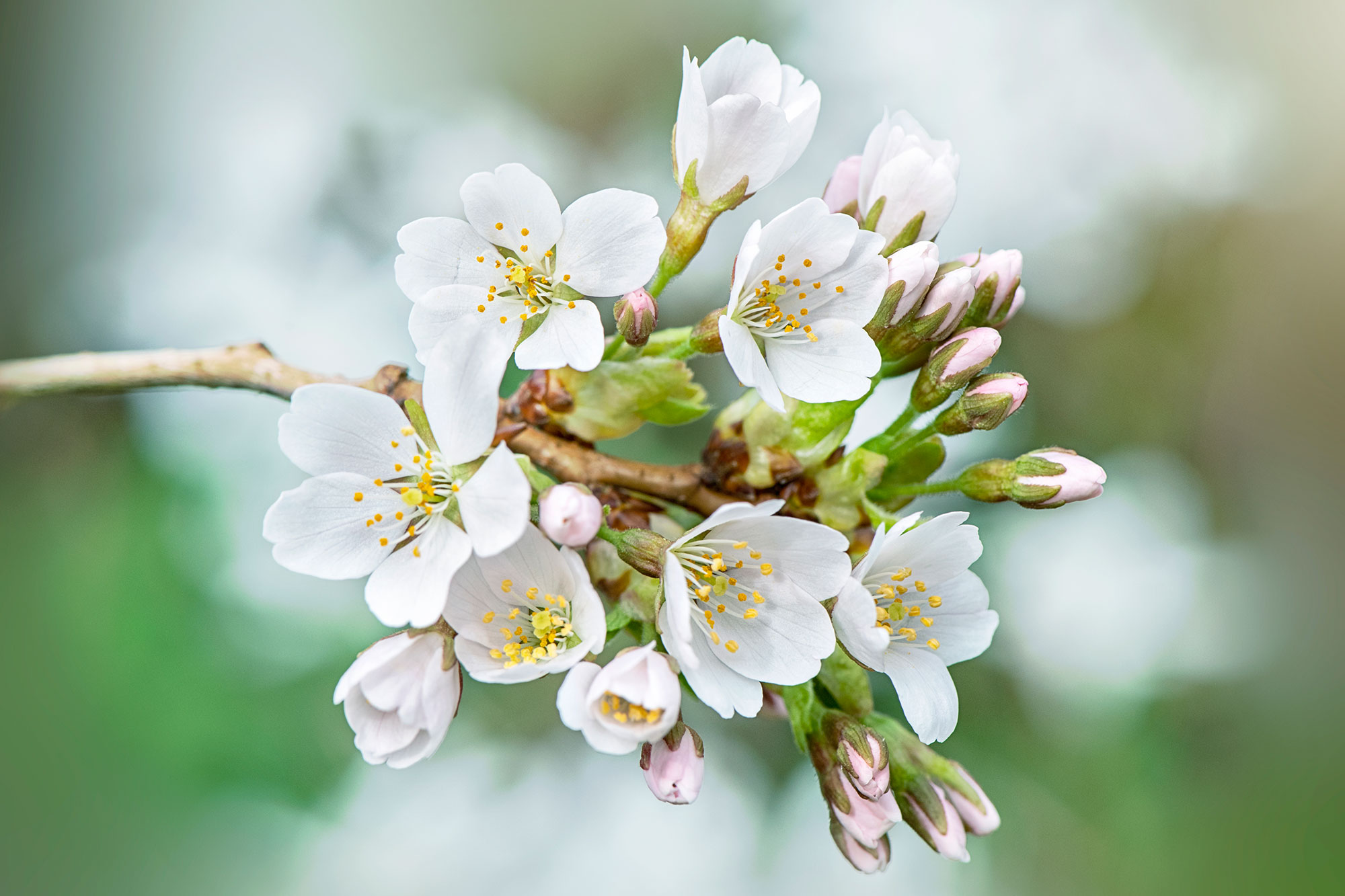
How do I prune an old cherry tree?
Overall, sweet cherry trees require only light pruning once established. To prune a cherry tree once established:
- Shorten any strong vertical growing shoots crowding the center to allow the free flow of air.
- Remove any crossing, weak, dead, damaged or diseased branches.
- Shorten the tips of the remaining branches by about a third of new growth to encourage the development of fruit buds.
'During dormancy, in winter, the deciduous cherries will be leafless and you will have the best view of the branch structure. Additionally, you can prune back any suckers at the base of the tree. These will never produce viable fruit,' says Nikki McAteer.
If you have an established sour or acid cherry tree, however, it will need much heavier pruning that a sweet cherry, as the fruit is mainly produced on the previous year's growth.
If you have an established acid cherry tree, as well as removing dead, damaged or diseased branches, as above:
- Remove about a quarter of the remaining older wood, cutting back to a main branch or younger side-shoot.
- Shorten any young shoots that are more than 12 inches long by a third to encourage branching.
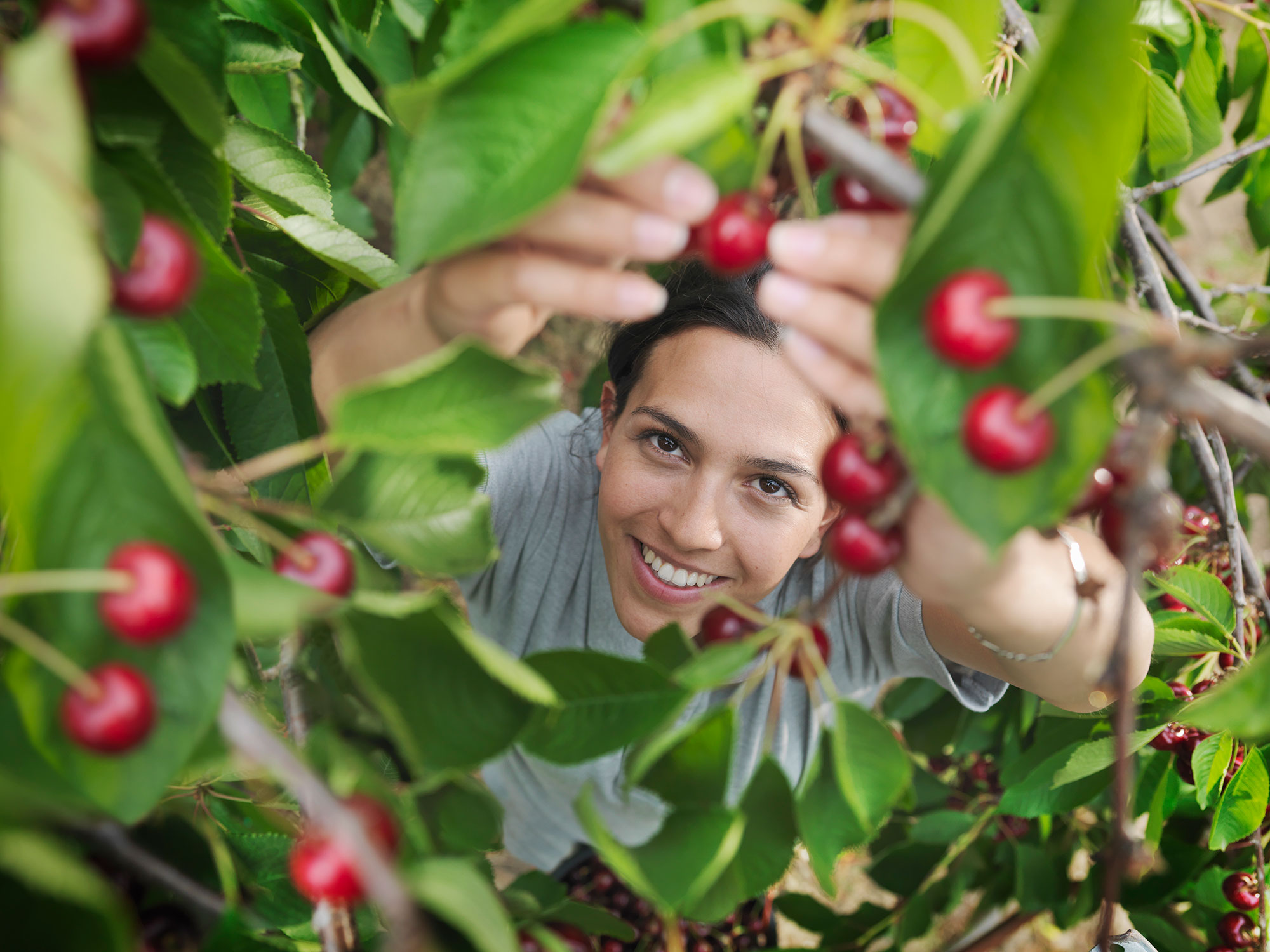
Pruning dwarf cherry trees
For pruning dwarf cherry trees, you can use the same method as other free-standing cherry trees, above.
How to prune weeping cherry trees
Using sharp pruners, remove suckers coming out of the base of weeping cherry trees. 'Remove suckers at any time of year,' advise the experts at Bower & Branch.
Prune out dead or dying branches back to live wood in winter – by scratching the wood to see where the live green wood begins.
On grafted trees, prune off any tree branches coming out from below the swelling near the top of the trunk as these won't 'weep' and will spoil the shape of the tree.
Trim the weeping branches to fall at least six inches from the ground and also prune more upright growing branches.
'Don't, however, remove more than 25 per cent of the canopy at one time when pruning a weeping cherry tree,' add the Bower & Branch experts.
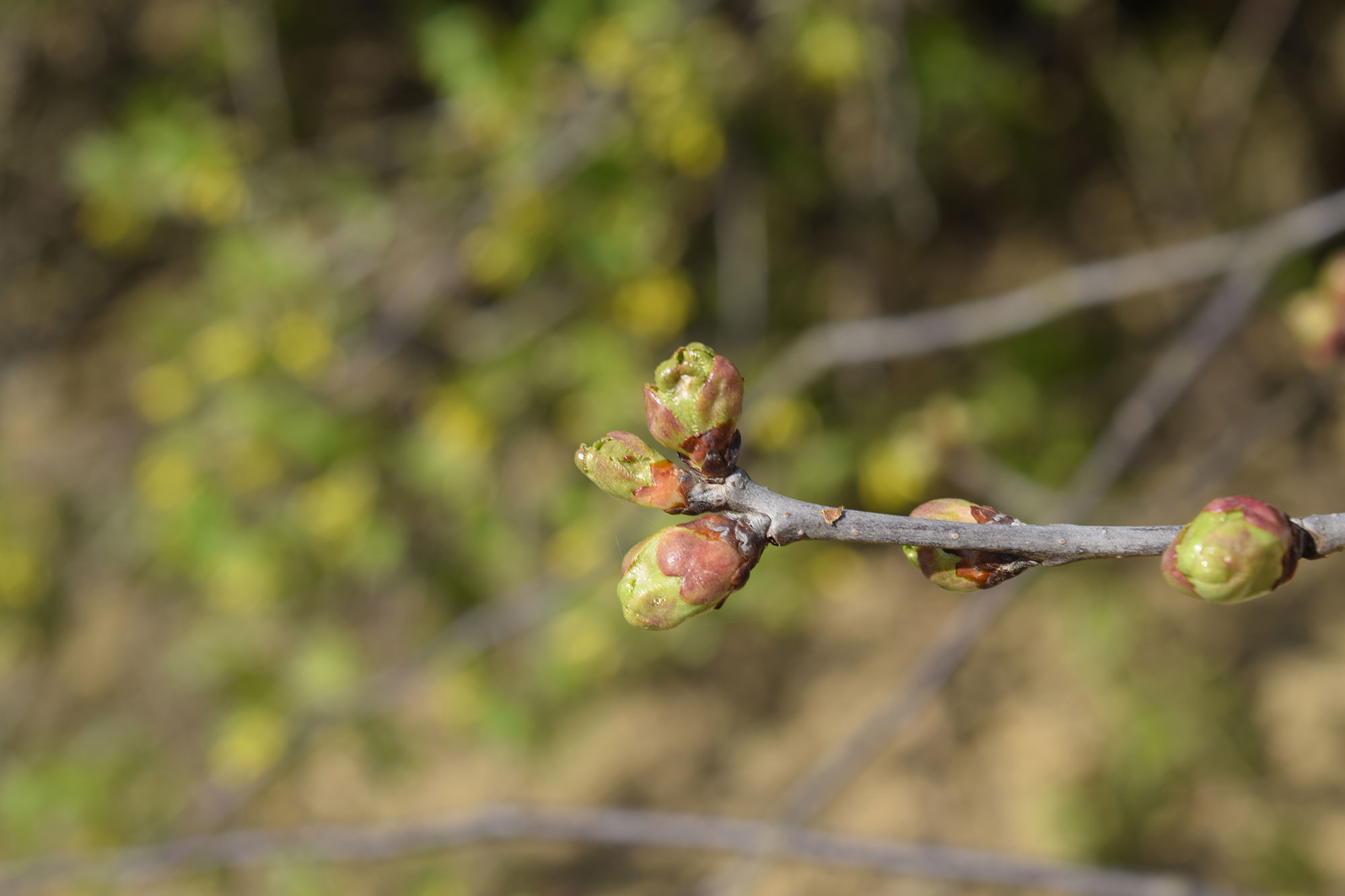
Should cherry trees be pruned every year?
Cherry trees should be pruned every year to maintain their shape and encourage healthy growth.
Pruning cherry trees will also result in a better crop of fruit, as removing branches will increase the exposure to sunlight of the remaining shoots.
'In general, when pruning cherry trees, try to make as few cuts as possible, removing a few complete branches in order to give the canopy an open structure,' says Dan Neuteboom.
Sign up to the Homes & Gardens newsletter
Design expertise in your inbox – from inspiring decorating ideas and beautiful celebrity homes to practical gardening advice and shopping round-ups.
Rachel is senior content editor, and writes gardening content for homesandgardens.com, Homes & Gardens magazine, and its sister titles Period Living Magazine and Country Homes & Interiors. She has written for lifestyle magazines for many years, with a particular focus on gardening, historic houses and arts and crafts, but started out her journalism career in BBC radio, where she enjoyed reporting on and writing programme scripts for all manner of stories. Rachel then moved into regional lifestyle magazines, where the topics she wrote about, and people she interviewed, were as varied and eclectic as they were on radio. Always harboring a passion for homes and gardens, she jumped at the opportunity to work on The English Home and The English Garden magazines for a number of years, before joining the Period Living team.
-
 Bryce Dallas Howard's bedroom is the most creative, social space in her entire home – she uses 'conversational seating' to create a multifunctional 'salon'
Bryce Dallas Howard's bedroom is the most creative, social space in her entire home – she uses 'conversational seating' to create a multifunctional 'salon'The actress's bedroom doubles as a home office thanks to its clever layout and furnishings, proving that this area is much more than a sleep space
By Hannah Ziegler
-
 7 questions to ask yourself before moving house – realtors promise answering these questions will prevent buyer's regret
7 questions to ask yourself before moving house – realtors promise answering these questions will prevent buyer's regretDon’t make your move harder, ask these questions before moving to avoid mistakes
By Chiana Dickson
-
 Water garden ideas – 9 ways to introduce soothing water to your outdoor space
Water garden ideas – 9 ways to introduce soothing water to your outdoor spaceFrom cascading fountains to wildlife ponds, there are plenty of ways to create a tranquil water garden
By Leigh Clapp
-
 How to grow poppies
How to grow poppiesFind out how to grow poppies to enjoy the beauty of these brightly colored tissue paper-like blooms
By Leigh Clapp
-
 How to grow delphiniums from seed
How to grow delphiniums from seedFind out how to grow delphiniums from seed and enjoy these colorful cottage garden favorites filling beds and borders
By Leigh Clapp
-
 How to grow ferns – when and how to plant and care for them
How to grow ferns – when and how to plant and care for themLearn how to grow ferns to enjoy the texture and form of these versatile plants in many areas of your garden
By Leigh Clapp
-
 How to grow sweet peas from seed – in borders and pots
How to grow sweet peas from seed – in borders and potsFind out how to grow sweet peas and where to enjoy their wonderful color, ruffled blooms and sweet fragrance in your garden
By Pippa Blenkinsop
-
 How to make fat balls for birds – easy steps feed our feathered friends
How to make fat balls for birds – easy steps feed our feathered friendsLearn how to make fat balls for birds to ensure their wellbeing throughout the winter
By Holly Reaney
-
 Planning a kitchen garden – from layouts to picking the best crops
Planning a kitchen garden – from layouts to picking the best cropsPlanning a kitchen garden is easy with this expert advice – whether yours is in beds, borders or a dedicated patch – you're guaranteed success
By Leigh Clapp
-
 How to grow cosmos – expert tips on when and where to plant these flowers
How to grow cosmos – expert tips on when and where to plant these flowersLearn how to grow cosmos to add bright color in your garden from summer through to fall with their beautiful blooms
By Leigh Clapp